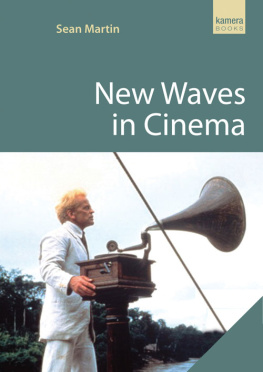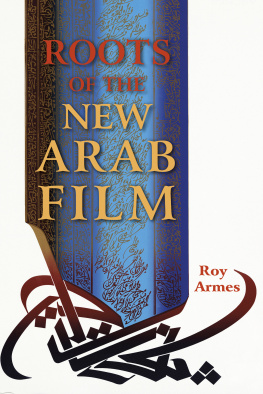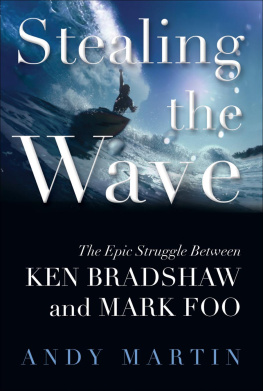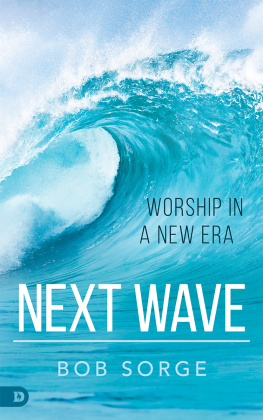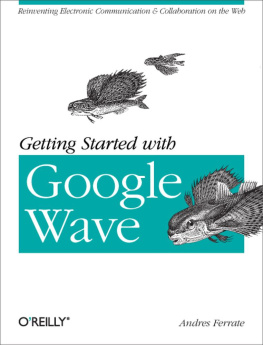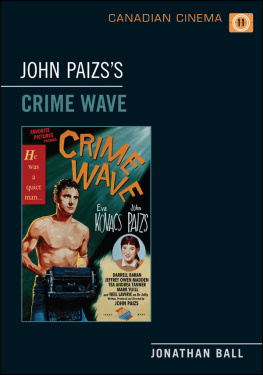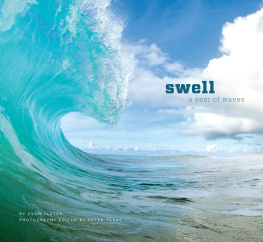The term New Wave conjures up images of Paris in the early 1960s: Jean Seberg and Jean Paul Belmondo, the young Jean-Pierre Leaud, the three protagonists of Jules and Jim capering across a bridge, all from the films of French filmmakers Jean-Luc Godard and Franois Truffaut.
The impact of the French New Wave continues to be felt, and its ethos of shooting in real places, with non-professional actors and small crews would influence filmmakers as diverse as John Cassavetes and Martin Scorsese to Lars von Triers Dogme 95 movement, all of whom sought to challenge the dominance of traditional Hollywood methods of both filmmaking and storytelling.
But the French were not the only new wave, and they were not even the first. In New Waves in Cinema, Sean Martin explores the history of the many New Waves that have appeared since the birth of cinema, including their great forebears the German Expressionists, the Soviet Formalists and the Italian Neorealists. In addition, Martin looks at the movements traditionally seen as the French New Waves contemporaries and heirs, such as the Czech New Wave, the British New Wave, the New German Cinema, the Hollywood Movie Brats and Brazilian Cinema Novo. The book also covers other new waves, such as those of Greece, Hungary, documentary Cinema Verit and Direct Cinema animation, avant garde and the so-called No Wave filmmakers.

Sean Martin is the author of The Knights Templar, Black Death, The Gnostics, The Crusades, The Cathars, Alchemy & Alchemists & Andrei Tarkovsky and New Waves in Cinema. He also co-directed the documentary Lanterna Magicka: Bill Douglas & the Secret History of Cinema.

If cinema has a social function, its really to make people confront other systems of thought, or other systems of living than the ones they habitually know.
Jacques Rivette
I went to the Bla Balzs Studio, which at that time was a very open place. Anyone who had a sensible idea received some money to make a film, even if they just walked in off the street. They gave so little money, though, that I had to shoot my first film in five daysThere are two kinds of behaviour: either you kick the door in or you knock politely. I wanted to kick it in.
Bla Tarr
The problem is not to make political films, but to make films politically.
Jean-Luc Godard
ACKNOWLEDGEMENTS
I would like to thank Ion Mills and Hannah Patterson for their patience and support during the writing of this book. Thanks also to Louise Milne for sagely advice, always gratefully received, and for the loan of certain ancient tomes. Thanks to the staff of the National Library of Scotland in Edinburgh for continual help, to the staff at Edinburgh Central Library, and also to the staff of the British Library in London. Thanks to Nick Harding and Andrea Bertorelli for help with some Italian translations. Finally, a few acknowledgements are due regarding the origins of this book: thanks must go to Professor Nigel Mace, who introduced me to many of the films discussed in this book on his film course at University College Plymouth; and to my friend, the late Luk Tomin, with whom I first enthused about the Czech New Wave and The Party and the Guests.
CONTENTS
INTRODUCTION: OLD GUARDS, NEW WAVES
At the Cannes Film Festival in 1959, the knives were out for Franois Truffaut. The 27-year-old firebrand critic, whose outspoken reviews for the magazine Cahiers du cinma had earned him the nickname The Gravedigger of French Cinema, had decided to turn his hand to directing. After making a couple of shorts, he was now presenting his debut feature film, The 400 Blows, in Competition. It was quite a turnaround for Truffaut: only the year before, he had been banned from attending Cannes, such was the hostility aroused by his incendiary journalism, and, at the 1959 festival, a number of the more conservative critics were quietly hoping that Truffaut had finally bitten off more than he could chew. Unfortunately for them, The 400 Blows proved to be a masterpiece, earning Truffaut the Best Director prize, and demonstrating with seemingly effortless ease that he was just as skilled behind the camera as he was behind the typewriter.
The success of the film catapulted Truffaut and his young star, Jean-Pierre Laud, into the international spotlight, and critics began to acknowledge Truffaut and his contemporaries as the Nouvelle Vague, or New Wave, of French cinema. Indeed, the New Wave seemed to dominate the 1959 Cannes Festival: Marcel Camus won the top prize, the Palme dOr, for his Orfeu Negro, while Alain Resnais Hiroshima mon amour, presented out of Competition, still managed to win the International Critics (FIPRESCI) Prize, and sold well internationally. However, while Cannes marked the symbolic birth of the New Wave, it had in fact been evolving over the course of the previous few years.
Agns Varda made what is arguably the first French New Wave film, in 1954, with the independently financed La pointe courte, followed in 1956 by Roger Vadims And God Created Woman, featuring his then wife, Brigitte Bardot. 1957 saw the premiere of Louis Malles Lift to the Scaffold and, in the following year, Claude Chabrol completed his debut feature, Le beau Serge. Like Truffaut, Chabrol was a criticturned-filmmaker, who had also written for Cahiers du cinma, and their colleagues at the magazine, Eric Rohmer, Jean-Luc Godard and Jacques Rivette, would all follow them over the next two years with their respective first features, Le signe du lion, Breathless and Paris nous appartient.
The so-called Cahiers group would form the nucleus of the French New Wave, although the likes of Malle, Vadim, Varda and Resnais who never wrote for the magazine showed that the movement was a very loose-knit affair, and the term new wave almost became shorthand for any exciting new French film, whether made by a New Wave filmmaker or not. Indeed, the period from the late 50s to the mid 60s saw hundreds of new French films get made. Liberated from the studio environment by lightweight cameras and young, frequently non-professional casts, the French New Wave changed the way films were made. Nothing would ever quite be the same again.
In order to clarify which of the myriad films emerging from France during this period can be termed as new wave, we need to examine what exactly constitutes a new wave, and how it differs from the old guard it rebelled against.
DEFINITIONS OF NEW WAVE
New waves in cinema tend to have certain characteristics that set them apart from the old guard (although, it should be noted, such an us and them view of film production is not always strictly accurate).
New Waves can be characterised, or facilitated by, the emergence of new equipment, such as lightweight 16mm cameras, Nagra sound recorders, faster film stocks that allowed filmmakers to shoot in available light and in real locations rather than remaining studio-bound, and they also tended to use non-professional actors. New equipment became widely available during the 1950s, with filmmakers starting to use the new clair Cameflex 16mm camera, or the Arriflex, which had been widely used during the Second World War as a news camera and whose use in drama had been hitherto frowned upon. In terms of film stock, Kodak Tri-X, launched in 1954, was fast enough to allow filmmakers to shoot in available light; again, the truckloads of equipment literally that films had employed up to that point could now be happily dispensed with. The lightweight Nagra III tape recorder was launched in 1958, which freed filmmakers from having to use cumbersome studio recorders and meant that sound could easily be recorded on location.
Next page
